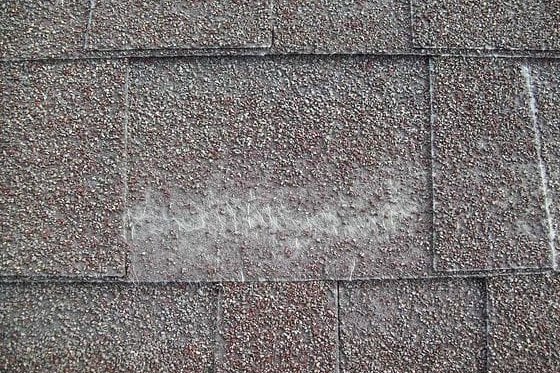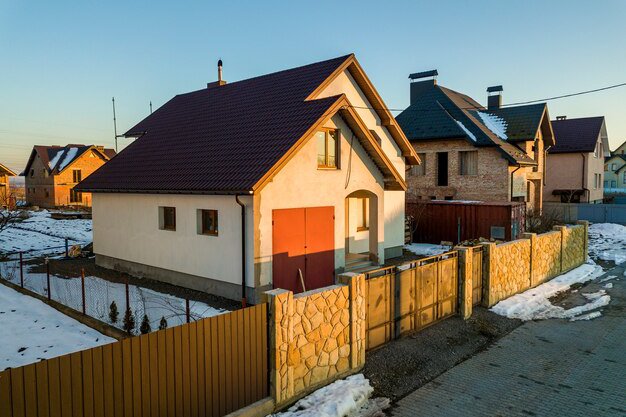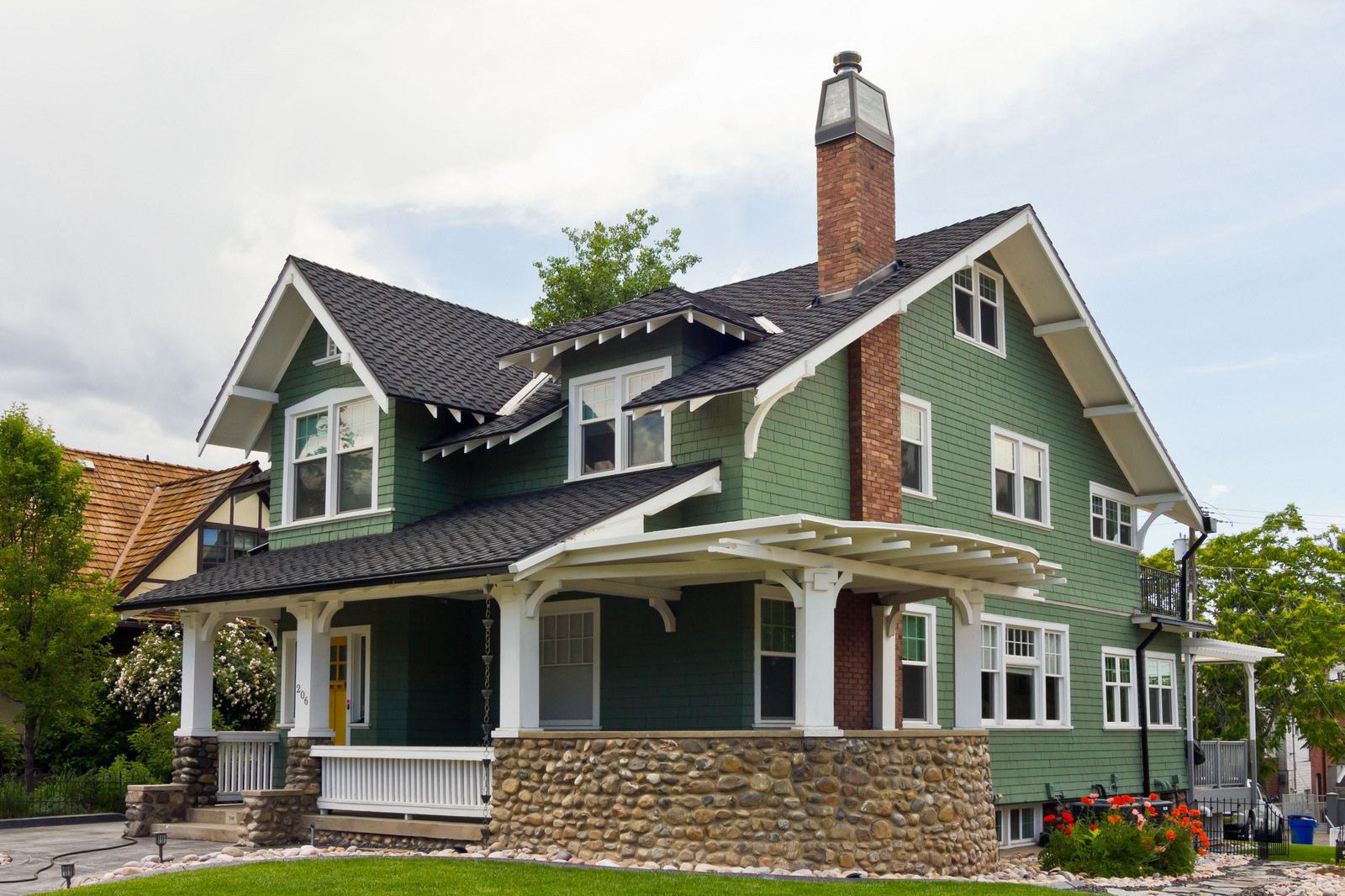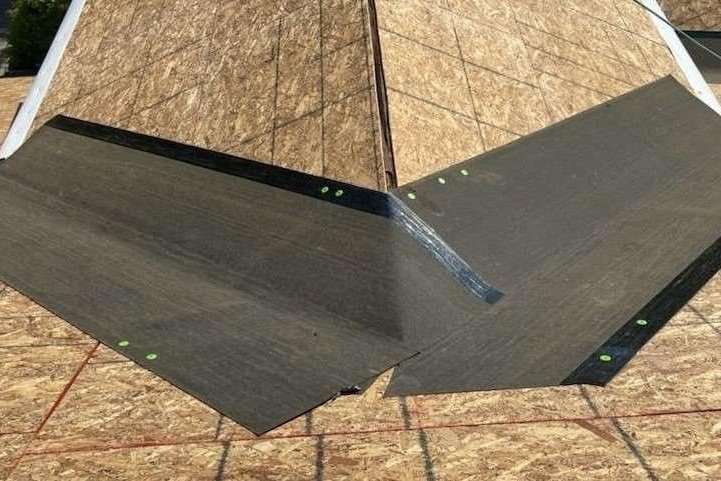Understanding Solar Roofing Options for Your Oregon City Home
Homeowners in Oregon City, Oregon are increasingly exploring ways to enhance their properties' energy efficiency and environmental footprint. One significant trend gaining momentum is the adoption of solar roofing. More than just traditional solar panels mounted on top of an existing roof, modern solar roofing systems integrate the photovoltaic technology directly into the roofing materials themselves, creating a seamless and often more aesthetically pleasing solution. This approach allows your roof to perform its primary function of protecting your home while simultaneously generating clean, renewable electricity. Understanding the various options available and the process involved is crucial for making an informed decision about whether solar roofing is right for your property in Oregon City.
What is Solar Roofing?
At its core, solar roofing refers to building-integrated photovoltaic (BIPV) systems. Unlike standard solar panels that are installed on a finished roof surface using racking systems, BIPV products are the roof surface. This includes materials like solar shingles, solar tiles, or integrated solar panels that replace traditional roofing components. These systems are designed to provide both weather protection and electricity generation from sunlight.
The technology works by converting sunlight into direct current (DC) electricity using photovoltaic cells embedded within the roofing material. This DC electricity is then sent to an inverter, which converts it into alternating current (AC) electricity, the type used to power your home. Any excess electricity generated can often be sent back to the local power grid, potentially earning you credits on your utility bill depending on local net metering policies.
Solar roofing systems are built to withstand the elements just like traditional roofing materials, meeting the same standards for durability, wind resistance, and fire safety. Their integrated design can offer a cleaner look compared to rack-mounted panels, appealing to homeowners who prioritize aesthetics.
Types of Solar Roofing Systems
While the term "solar roofing" often brings to mind integrated solutions, it's helpful to understand the nuances between different types of solar installations you might consider for your home.
The two primary categories are:
- Building-Integrated Photovoltaics (BIPV): This is the true "solar roofing." The solar components serve as the actual roof covering.
- Building-Applied Photovoltaics (BAPV): This includes traditional solar panels mounted on top of an existing roof structure. While not strictly "solar roofing," it's the most common way homeowners add solar and is often considered alongside roofing projects.
Let's look closer at the BIPV options:
- Solar Shingles: These are designed to look and function like traditional asphalt shingles but contain photovoltaic cells. They are installed shingle by shingle across the roof surface.
- Solar Tiles: Similar to solar shingles, but designed to mimic the appearance of other roofing materials like clay or concrete tiles.
- Integrated Solar Panels: These are larger panels designed to sit flush with the roof surface, replacing sections of traditional roofing material rather than sitting on top.
BAPV, or mounted solar panels, involves installing standard solar panels onto a racking system that is attached to the existing roof structure. This is a more common and often less expensive option initially, as it doesn't require replacing the entire roof surface unless it's already at the end of its lifespan.
| Feature | Building-Integrated Photovoltaics (BIPV) | Building-Applied Photovoltaics (BAPV - Mounted Panels) |
|---|---|---|
| Appearance | Seamless, blends with roof design | Panels sit on top of roof, visible racking |
| Installation | Replaces traditional roofing material | Installed on existing roof surface |
| Cost | Generally higher upfront cost per watt | Generally lower upfront cost per watt |
| Efficiency | Can vary; some newer BIPV is competitive | Typically higher efficiency per panel area |
| Ideal Use Case | New roof installation, roof replacement, aesthetic priority | Adding solar to an existing roof, budget-conscious |
| Roofing Function | Is the roof covering | Installed on the roof covering |
Choosing between BIPV and BAPV often comes down to budget, aesthetic preference, and whether you are already planning a full roof replacement.
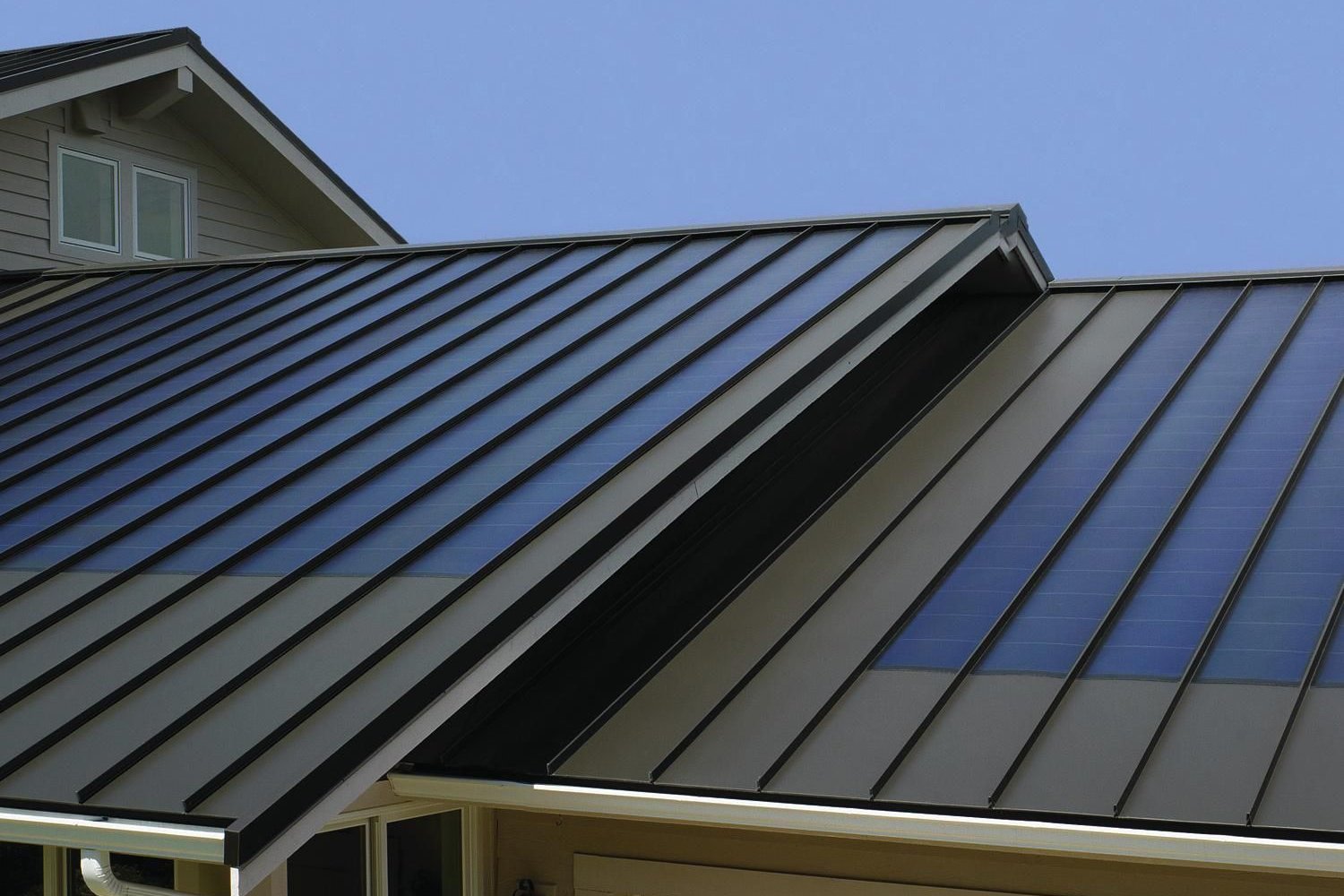
Key Benefits for Oregon City Homeowners
Adopting solar roofing offers a multitude of advantages that are particularly relevant for residents in the Oregon City area:
- Reduced Energy Bills: This is often the primary driver. By generating your own electricity, you reduce reliance on utility power, leading to significant savings on monthly energy bills. The amount saved depends on system size, energy usage, and local electricity rates.
- Increased Home Value: Homes with integrated solar systems are often more attractive to potential buyers. Studies consistently show that homes with solar installations sell faster and at a premium compared to similar homes without solar.
- Environmental Impact: Solar energy is a clean, renewable resource. By generating your own power from the sun, you reduce your household's carbon footprint and contribute to a more sustainable energy future.
- Energy Independence: Generating your own power provides a degree of independence from fluctuating utility prices and potential grid disruptions.
- Durability and Longevity: Modern solar roofing materials are designed to be highly durable, often coming with warranties similar to or even longer than traditional high-quality roofing materials. Many BIPV systems are rated to withstand harsh weather conditions.
- Potential Incentives: Homeowners installing solar may be eligible for various financial incentives, including federal tax credits, state rebates, or local utility programs. While specific programs and amounts can change, researching current incentives in Oregon can significantly offset the upfront cost.
Crucial Considerations Before Installation
Installing solar roofing is a significant investment and project. Before you commit, there are several critical factors to evaluate:
Roof Condition and Structure
The condition of your existing roof is paramount. If your roof is nearing the end of its lifespan, installing solar panels (either BIPV or BAPV) directly on top is not advisable. The solar system is designed to last 25-30 years or more, and you don't want to have to remove and reinstall it just a few years later because the underlying roof needs replacement.
- Age: Is your current roof old?
- Damage: Are there signs of significant wear, leaks, or structural issues?
- Material: Is your roof material suitable for the type of solar roofing you are considering?
A thorough roof inspection is essential. If a replacement is needed, integrating solar during the re-roofing process is often the most cost-effective and streamlined approach for BIPV systems. For BAPV, ensure the roof deck and structure are sound enough to support the added weight of the panels and racking.
Home Suitability
Not every home is ideally suited for solar power generation. Consider the following:
- Sun Exposure: Is your roof largely unshaded throughout the day? Trees, neighboring buildings, or even dormers can cast significant shadows that reduce energy production. South-facing roofs are generally ideal in the Northern Hemisphere, but east and west-facing roofs can also be viable.
- Roof Pitch and Size: The angle and total area of your roof influence how many panels can be installed and how much energy they can generate.
- Electrical Panel Capacity: Your home's electrical panel needs sufficient capacity to handle the solar system's output and safely connect to the grid. An electrician may need to assess or upgrade your panel.
Permitting and Local Regulations
Installing solar roofing involves electrical work and changes to your home's structure, requiring permits. Navigating the permitting process in Oregon City involves complying with local building codes and potentially zoning regulations. A qualified roofing contractor experienced with solar installations will be familiar with these requirements and can help manage the necessary paperwork and inspections.
Understanding Costs and Incentives
Solar roofing represents a substantial upfront investment. Costs vary widely based on system size, type of solar material (shingle, tile, integrated panel), roof complexity, and labor.
- Get Detailed Quotes: Obtain itemized quotes from multiple reputable contractors. Understand what is included (materials, labor, permits, electrical work, warranty).
- Research Incentives: Thoroughly investigate current federal, state, and local incentives available for solar installations in Oregon. These can significantly reduce the net cost. Your contractor may be able to provide information on applicable incentives.
- Calculate Payback Period: Estimate how long it will take for the energy savings to recoup the initial investment. This period varies based on system cost, energy production, and electricity rates.
For homeowners in the early stages of planning or budget estimation, getting a quick, initial understanding of potential costs can be incredibly helpful without the need for an immediate site visit.
If you're planning a future solar roofing project or simply want to explore the potential costs based on your home's characteristics, you can get a quick, initial estimate.
Get your free instant roof estimate
This service uses satellite imagery and local data to provide a preliminary estimate, useful for budget planning or comparing potential project scales.
Warranty and Insurance
Understand the warranties offered on both the solar components (performance warranty, product warranty) and the roofing installation itself (workmanship warranty). Also, confirm how adding solar roofing affects your homeowner's insurance policy and coverage.
The Solar Roofing Installation Process
Once you've decided to move forward, the installation process typically involves several steps:
- Design and Planning: The contractor designs the system layout based on your roof characteristics, sun exposure, and energy needs. This includes determining the number and placement of solar shingles, tiles, or panels, as well as the location of the inverter and other electrical components.
- Permitting: The contractor submits the necessary plans and paperwork to the local authorities in Oregon City to obtain building and electrical permits.
- Roof Preparation: If you're installing BIPV (solar shingles/tiles/integrated panels) or replacing your roof before adding BAPV, the old roofing material is removed down to the roof deck. Any necessary repairs or upgrades to the deck are made. Underlayment and ice and water shield are installed.
- Solar Installation:
- BIPV: The solar shingles, tiles, or integrated panels are installed directly onto the roof deck, functioning as both the weather barrier and the power generator. Electrical connections are made as the installation progresses.
- BAPV: Racking is securely attached to the roof structure, followed by the installation of the traditional solar panels onto the racking.
- Electrical Work: Wiring connects the solar array to the inverter, which is typically located in a garage, basement, or outside. The inverter is then connected to your home's main electrical panel and potentially to the utility meter for grid tie-in.
- Inspection: Local building inspectors will review the installation to ensure it meets code requirements. The utility company will also inspect the connection to the grid.
- System Activation: Once all inspections are passed, the utility company grants permission to operate (PTO), and the system is switched on.
The duration of the installation varies depending on the size and complexity of the system and the type of roofing material being installed.
Maintaining Your Solar Roof
While solar roofing systems are generally low-maintenance, some upkeep is necessary to ensure optimal performance and longevity.
- Cleaning: Accumulated dirt, leaves, or debris can reduce the amount of sunlight reaching the solar cells, decreasing efficiency. Cleaning is usually only needed if there's visible buildup affecting performance. Rain often provides natural cleaning.
- Inspections: Periodically inspect the roof and solar components for any signs of damage, loose wiring, or shading issues.
- Monitoring: Most modern systems come with monitoring software that allows you to track energy production and identify any potential performance issues.
It's advisable to have a professional roofing and solar contractor perform periodic inspections, especially after severe weather.
Regular maintenance and timely repairs are crucial for any roof, including those with integrated solar. If you notice a leak, suspect storm damage, or have any urgent concerns about your roof or solar array, don't wait.
Book a roofing appointment
This service can connect you with qualified local roofers who can assess the situation and perform necessary inspections or emergency repairs.
Choosing the Right Roofing Professional
Selecting an experienced and reputable contractor is vital for a successful solar roofing project. Look for contractors who:
- Have specific experience installing the type of solar roofing system you want (BIPV or BAPV).
- Are licensed and insured in Oregon.
- Have positive reviews and references from previous solar roofing clients.
- Are knowledgeable about local Oregon City building codes and permitting processes.
- Provide detailed, transparent quotes.
- Offer comprehensive warranties on both materials and workmanship.
Don't hesitate to ask questions about their experience, certifications, and the specific products they recommend.
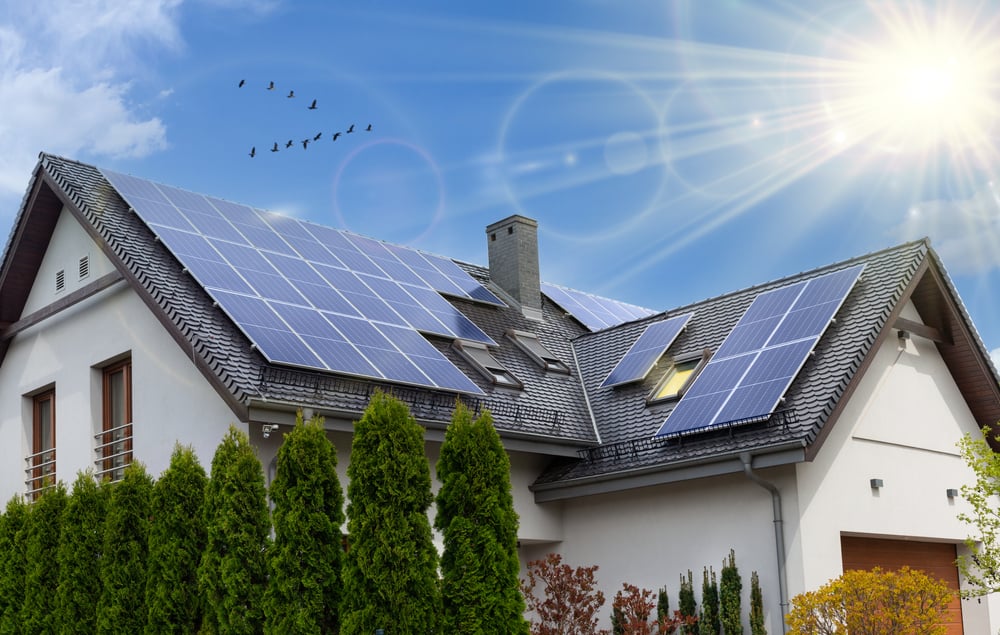
Common Questions About Solar Roofing
Here are answers to some frequently asked questions about solar roofing:
Q: How long do solar roofing systems last?
A: Solar panels and integrated solar roofing materials are typically warrantied for 25 years or more for power output and often have a product warranty of 10-25 years. The underlying roofing material (if BIPV) is designed to last as long as traditional high-quality roofing, often 25-50 years depending on the material.
Q: Can solar roofing withstand severe weather?
A: Yes, reputable solar roofing products are tested and certified to withstand various weather conditions, including hail, wind, and snow loads, meeting or exceeding standards for traditional roofing materials.
Q: What happens if one solar shingle or panel is damaged?
A: Most systems are designed so that the failure of one component does not shut down the entire system, although it may reduce overall output. Damaged components can typically be isolated and replaced by a qualified professional.
Q: Does solar roofing work on cloudy days?
A: Solar systems generate less electricity on cloudy days than on sunny days, but they still produce power from diffuse sunlight.
Q: Can I add more solar panels later?
A: Yes, systems can often be expanded, but it's best to plan for potential future expansion during the initial design phase to ensure compatibility and sufficient electrical capacity.
Q: How does integrated solar roofing compare in cost to traditional panels on a new roof?
A: BIPV (integrated systems) typically have a higher upfront material and installation cost per watt than BAPV (mounted panels). However, when combining the cost of a new roof replacement with the cost of mounted panels, the total cost difference narrows, and BIPV can offer aesthetic advantages.
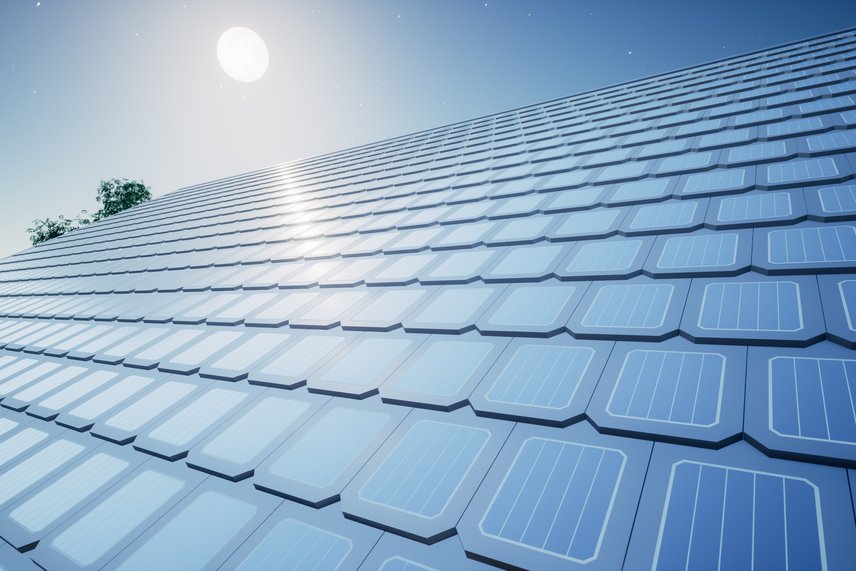
Powering Your Home With Sunlight
Embracing solar roofing is a forward-thinking decision that can lead to significant long-term benefits for homeowners, from reducing energy costs and increasing property value to contributing to environmental sustainability. By understanding the different types of systems, carefully considering the practical aspects of installation, and choosing experienced professionals, you can confidently explore the potential of solar power for your home. Whether you're planning a new roof or considering an upgrade, solar technology offers a powerful way to protect your home and generate clean energy simultaneously.
